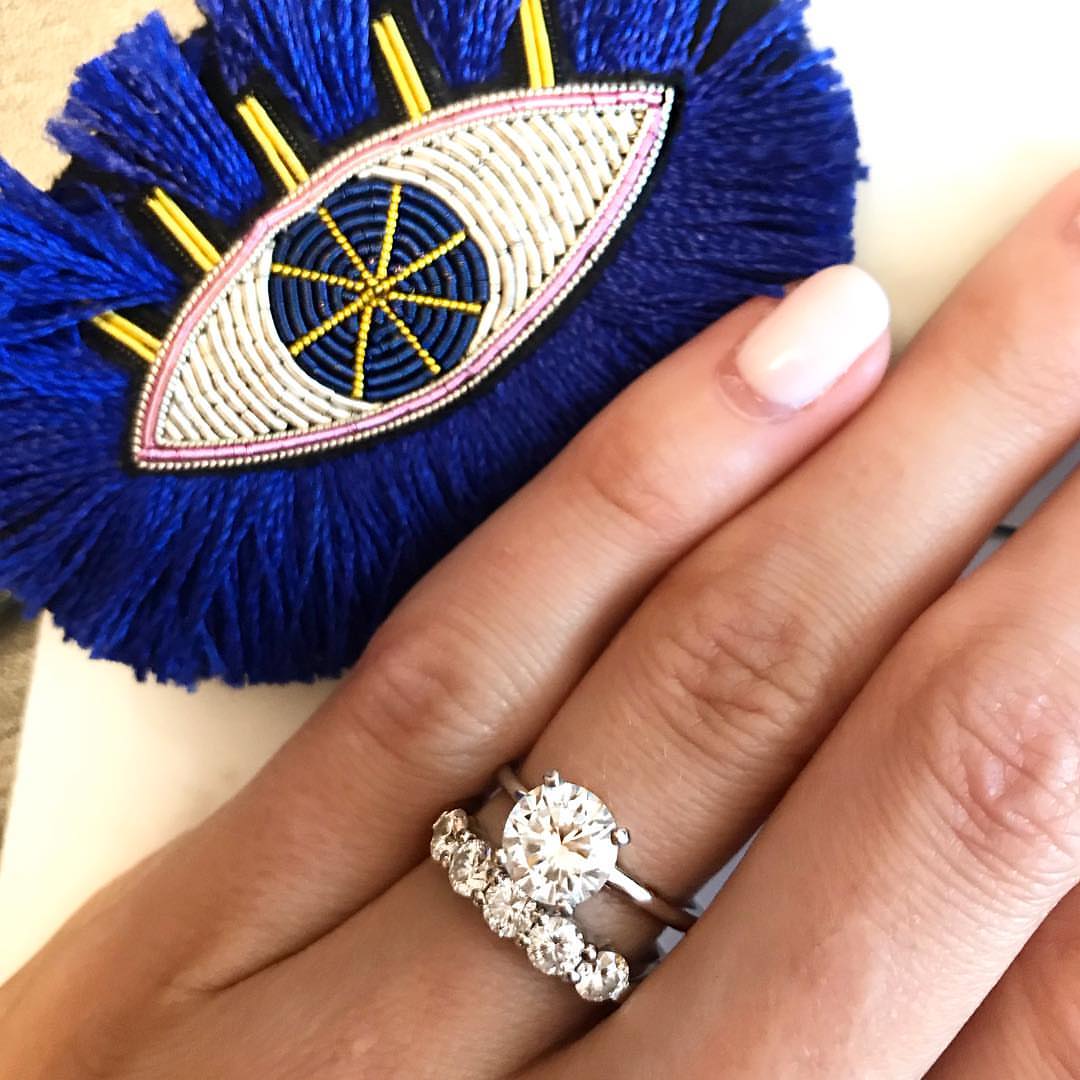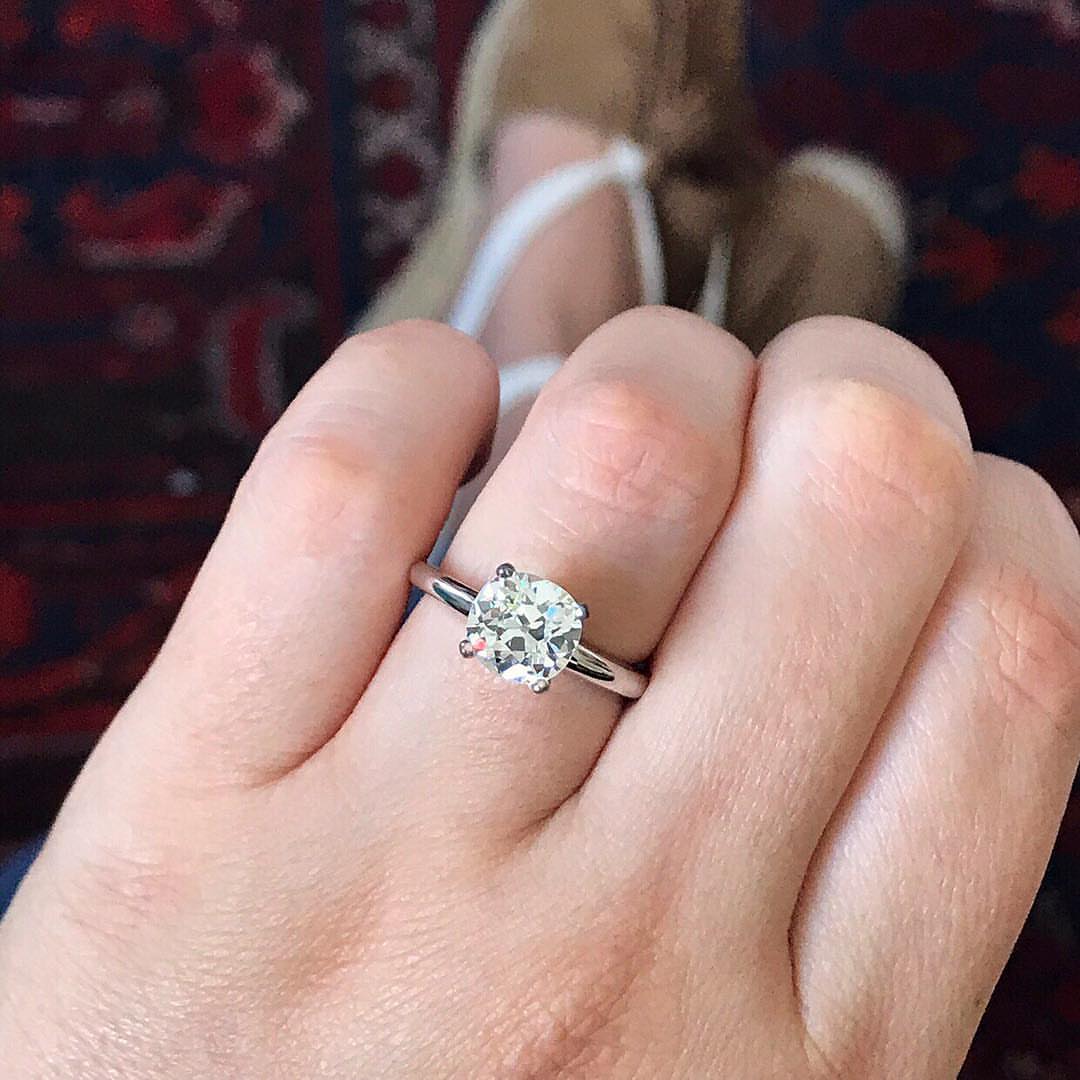Learn > Metal Color > All Metal Colors
• Sparkly User Guide
• The Four Cs
• Shapes
• Certification
• Settings
• Wedding Band Styles
• Metal Colors
Metal Colors
Yellow gold
You can’t go wrong with yellow gold. A symbol of strength, success and winning (see: every 1st place medal in any competition), yellow gold is strong yet malleable. It’s a forever classic that’s pretty and practical, as yellow gold is hypoallergenic and resistant to rust and tarnish. In its purest form, 24K yellow gold is actually too soft and more susceptible to damage—you don’t want that. So, in most cases your yellow gold band will be 14K or 18K with a mix of metal alloys like zinc and copper.

WHITE GOLD
White gold is yellow gold plated with rhodium, so it shares many of the great qualities as yellow gold but since it’s mixed with other metal alloys—silver, palladium, manganese—it’s actually a bit more durable than yellow gold. More affordable than platinum and about the same price as yellow gold, white gold is another classic choice that will hold up over the years. Just like yellow gold, 14K-18K are ideal weights for your band. White gold may contain nickel, so make sure the ring wearer isn’t susceptible to an allergic reaction. If she’s set on white gold but has allergies, search for a white gold band that’s nickel-free. While harder to find, they do exist!

Rose Gold
Like yellow and white gold, rose gold bands are usually found in 14K-18K and are mixed with another metal alloy—in this case, copper. Copper adds that pinkish hue that’s made the metal such a hit in the last decade (just make sure the ring wearer isn’t allergic). We love rose gold as an engagement or wedding ring band—it’s romantic, feminine, and super durable.

Platinum
Platinum is the most popular—and most expensive—choice for engagement rings and wedding bands. The pure white color of the metal brings out the brilliance of a diamond and it’s hypoallergenic. Platinum is often considered a status symbol, and that’s because since it’s denser than gold, you need more of it to make the band, driving up the cost significantly. To be truly considered platinum, the band must be at least 95% platinum. TBH, the color of white gold and platinum are almost identical and since white gold is more affordable and actually requires less upkeep, why not go for (white) gold?
